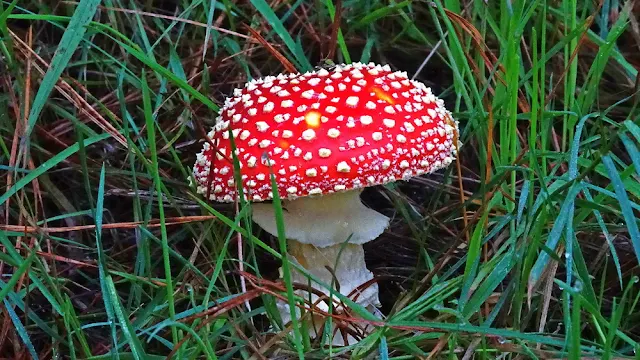In 1861,
the Victorian Acclimatization Society was formed with the express purpose of
introducing plants and animals from other countries and releasing them free
into the wild. It was the societies’ opinion that the introduced flora and
fauna would benefit Australian society in the fields of sport, aesthetics and for
food.
Most of the
early introductions by the acclimatization society were from England and Europe
and many were for nostalgic reasons. Not all attempts at acclimatization were
successful. Some that were tried but failed or were not continued with include
monkeys and giant snakes from Africa and birds that ate snakes.
 |
| Sparrows were introduced in Melbourne in 1863. Since its introduction, the Spotted Dove has adapted well to urban habitats, unlike our native species. |
The
Victorian Government Botanist, circa 1850, Baron Ferdinand von Mueller, was
responsible for introducing thousands of exotic plants and seeds.
 |
| There were many introductions of the rabbit by private individuals and the Acclimatization Society. The fox was introduced around Melbourne and within 20 years was declared a pest species. |
Before
release, the introduced species were meant to be kept and acclimatized at Royal
Park in Melbourne. Ironically, Royal Park was where Burke and Wills set off on
their exploration to the Gulf of Carpentaria, one of their tasks being to record
the variety of native species that existed on our continent.
Some early
proclamations:
“English
thrushes, larks, starlings, blackbirds and canaries, when liberated, will
enliven the savage silence” – McCoy, professor of Natural Science, University of Melbourne.
“If it
lives, we want it”
– E Wilson, president Victorian Acclimatization Society.
“…possibility
of peopling the woods, groves, forests, and rivers of Australia with the
animals, birds, insects, and fishes of Europe, and especially of Britain, is
sufficiently delightful to warrant an effort in that direction…” Sth Australia Advertiser, 1861.
“…investigated
almost completely the Alps flora of this continent.” Von Mueller after an expedition
from Mt Wellington to Mt Kosciusko.
“Let us
alone with your new industries. You see what has come of them already. A Scot
introduced their charming thistle, and we will have to put a sum on the
estimates to extirpate it. Edward Wilson introduced the sparrow, and the
sparrow is playing havoc with our vineyards. Some busybody introduced the
rabbit, and the income of Ballarat would not save us from the consequences.” – Victorian Legislative Assembly,
c1870.
The
Victorian Acclimatization Society also sent indigenous species overseas:
Echidnas to London, wombats to Paris, kangaroos to Mauritius and possums to New
Zealand (for which the Kiwis have never forgiven us!).
The society
didn’t last long and it folded in 1872. Its legacy however is still with us
today.
.JPG)
.JPG)
.JPG)
.JPG)


.png)











.JPG)





.JPG)
.JPG)
.JPG)
.JPG)




.JPG)




.jpg)
.jpg)
.jpg)


.JPG)





.JPG)




.JPG)
.JPG)